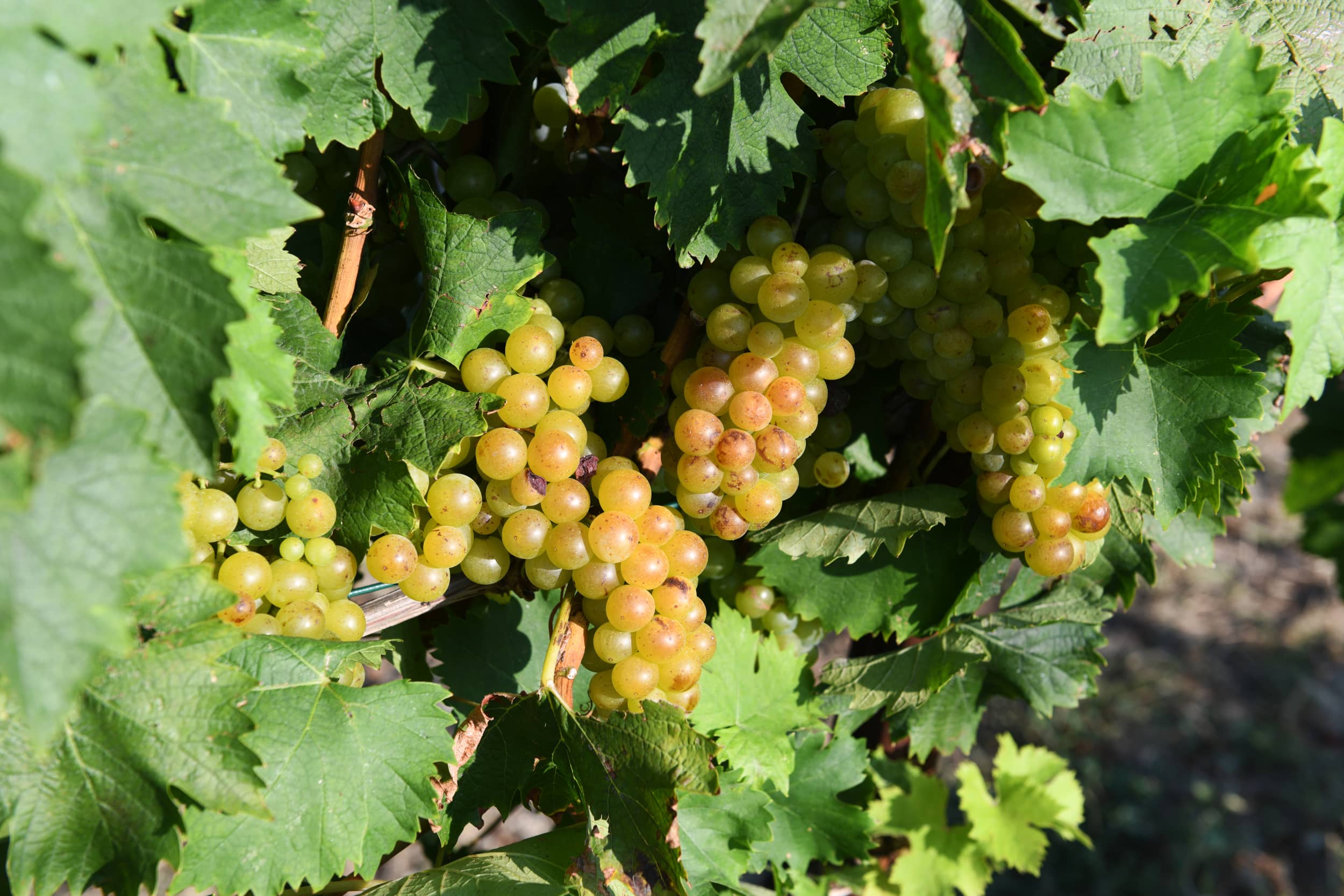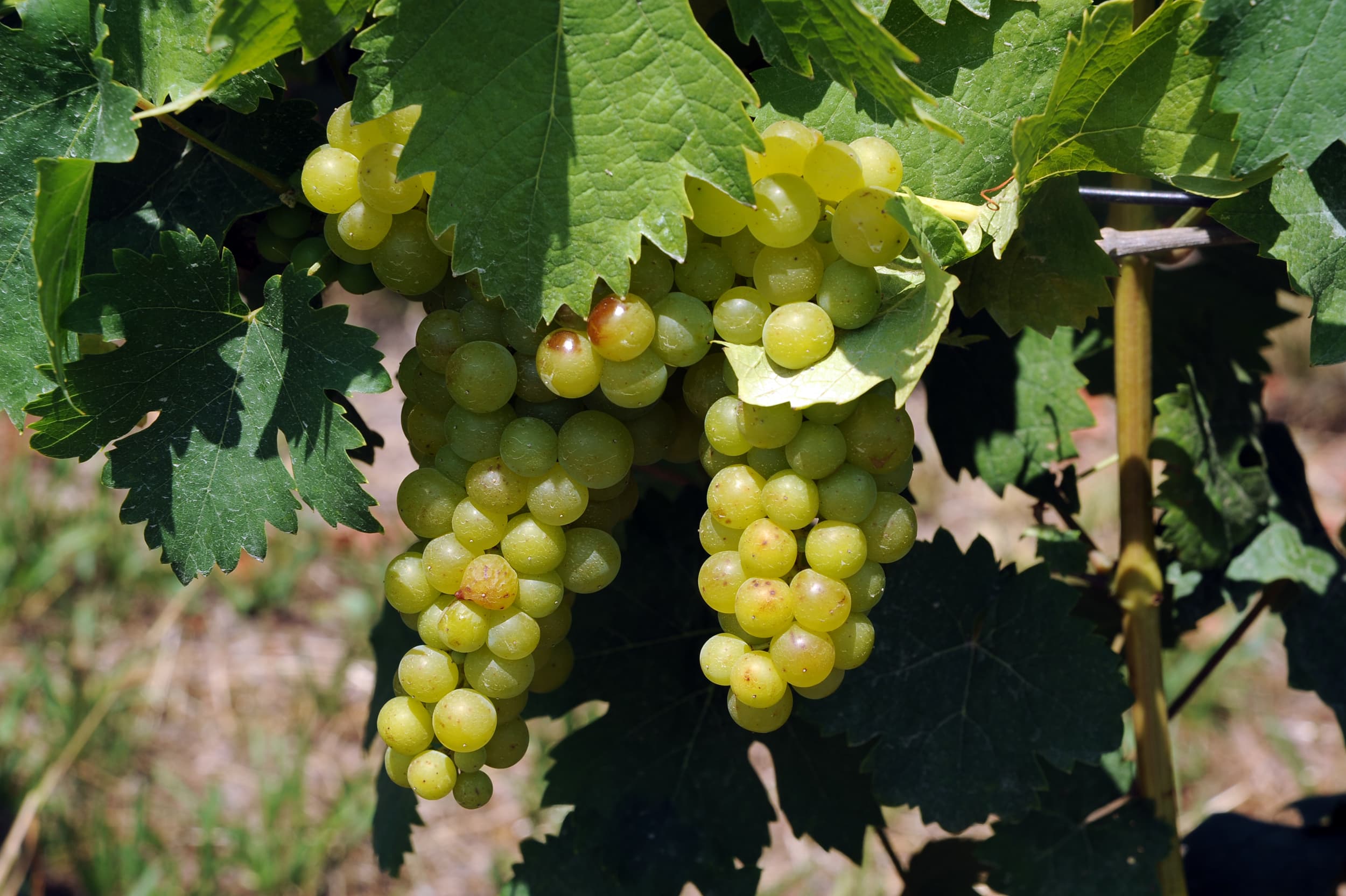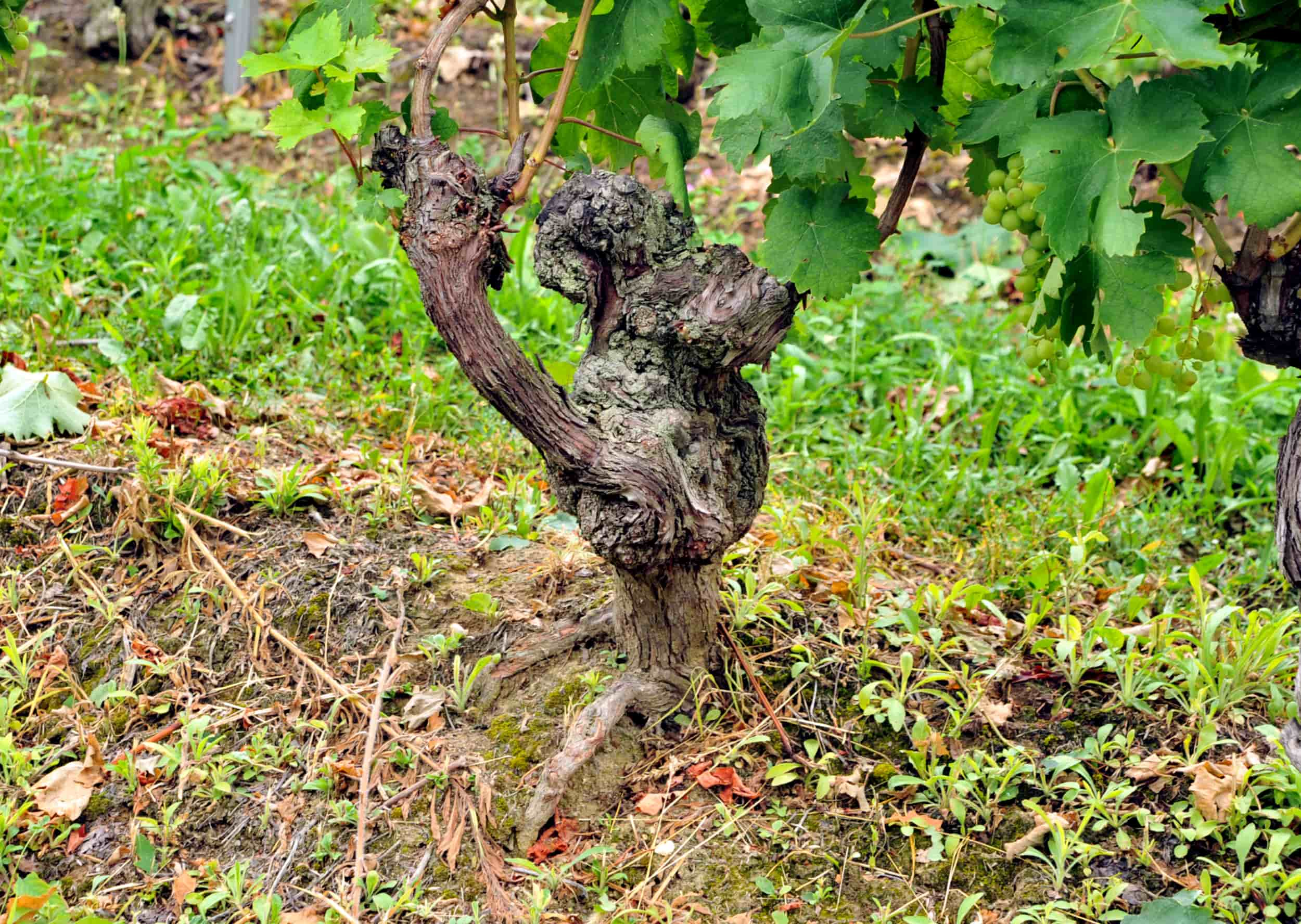Solar radiation and green pruning
The burns that the sun can cause on the herbaceous organs of the vine are well known, to the point of inducing tissue death. The action is obviously linked to the high temperature which, following direct irradiation, reaches different damage thresholds on the individual structures affected, in relation to the resistance of the tissues.
In order to understand the causes and ways in which alterations can occur at the level of the bunches and leaves, there are three variables that appear to be basic:
1. the summer temperature, typical of the seasonal trend
2. the sensitivity of tissues to high temperature
3. the shading effect of the vegetation above the bunches.
In order for the first signs of suffering to appear, these factors interact with each other. Within certain limits, in fact, the temperature threshold beyond which burns appear cannot be quantified. Moreover, it is equally difficult to establish the level of resistance of the fabrics.
From the simple observation of the effects, the doubts that arise are numerous. The first damage is observed more frequently on the most exposed organs, facing outside the row and better oriented. However, there is no shortage of cases in which alterations are also noted within the mass of vegetation, where the individual parts should have had greater shelter. Once the temperature level has been defined, an objective seasonal element, the test that offers the greatest possibilities for interpretation concerns the resistance of the tissues.
The vine in its spontaneous state
The spontaneous vine, like other arboreal plants, grows its vegetation progressively and, step by step, a precise order of arrangement is defined. Beyond the most appropriate exploitation of space, it never happens that an already formed organ suddenly finds itself in a suddenly changed condition of exposure to the sun and is therefore subject to different radiation. While there is no lack, in this case, of the possibility of the sun damaging the tissues, the effects are certainly more limited. The symptoms appear with a regular distribution, easily attributable to the arrangement of the vegetation.

The vineyard
In the case of cultivated vines, however, the arrangement of the foliage does not follow the same rules. Row cultivation means that the shoots grow with abundant vigor and form a very dense mass concentrated in a short space. Cultivation practices, in fact, contemplate its progressive thinning, carried out with topping, trimming and leaf removal. It is therefore more likely that tissues that developed away from direct radiation suddenly find themselves under the continuous action of the sun. The appearance of the first damage becomes, as a consequence, equally rapid and uniformly distributed across all the vegetation involved.
Thinning out vegetation, moreover, is an important practice, aimed mainly at preventing cryptogamic diseases, avoiding the formation of microclimates, which are very favorable to them, in the vicinity of susceptible organs.
A first reflection refers to the method with which green pruning can be carried out. Despite the need to progressively thin out the foliage, it is necessary to strive to accommodate as much as possible the development models that would exist in a spontaneous state. Said interventions must therefore not be carried out casually only with the aim of a quantitative reduction of the mass. They must also have a selective action, so that exceptionally vigorous new shoots are regularly eliminated and that the primary shoots with the bunches are constantly in the same sunlight conditions. By doing so, the tissues have the opportunity to grow progressively as the season progresses and therefore with the increase in the action of the midsummer sun. Even before the green pruning operations, the correct staking of the shoots acquires fundamental importance, so that they are in the best condition right from the start.
All the remaining operations will also be facilitated and more effective.
Among the elements that contribute to the greatest damage, there is also the type of vineyard. The best exposed ones, but in particular those that stop the growth of shoots early due to the aridity of the soil (hill-bearing slopes) are the environments where in some years the crop can even be lost. In these places, the operations of accommodation and progressive selection of vegetation must be followed with greater attention during the season.
As regards the bunches, their arrangement on the espalier is not as it would have been if the plant had had the freedom to grow. In fact, they are concentrated in the lower end of the row, in direct contact with each other. Their more regular distribution represents a first important favorable element. The peeling, then, should not be excessive, so that, during the day, not all hours are full of sunshine for the same parts of the bunch. Sparse leaves in the fruit area represent, for this reason, a valid help.







